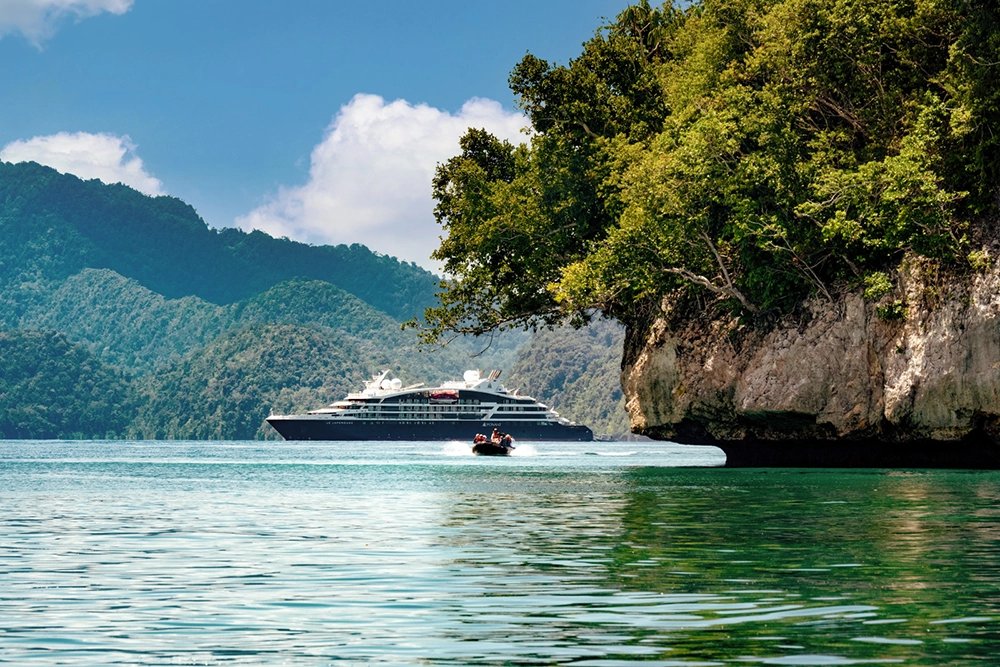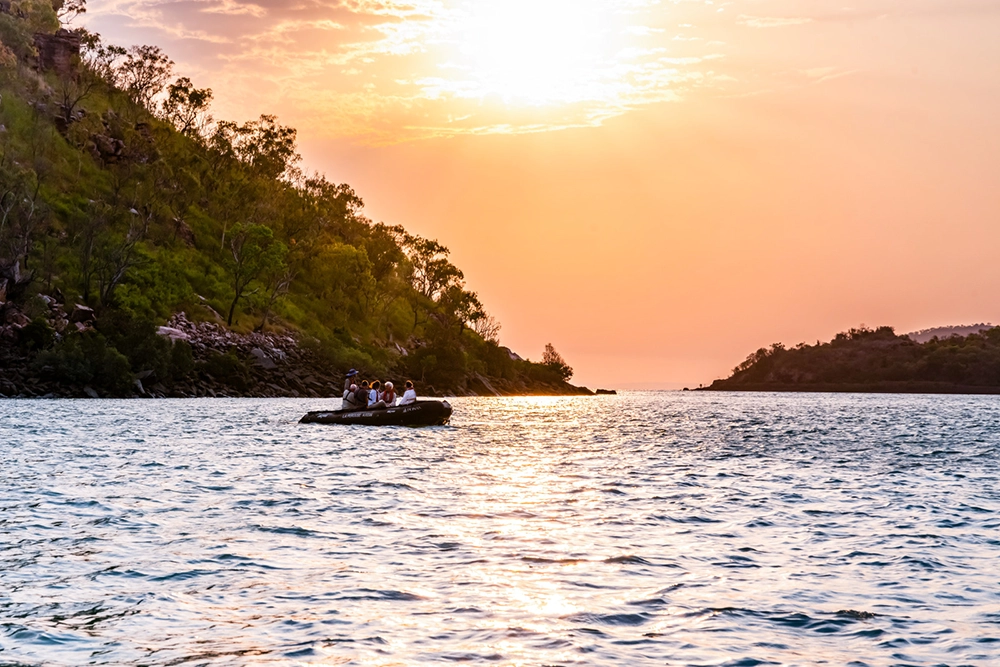HIGHLIGHTS
- HOME
-
HIGHLIGHTS
Highlight Of Each Cruise
Experience The Beauty Of Setouchi
13/03/2027 to 25/03/2027
Kobe-Yokohama
・Take pleasure in the beauty of Seto Inland Sea.
・Enjoy a unique blend of historical significance and stunning coastal scenery in Hagi and Shimonoseki.
・Marvel at the magnificent view of Mt. Fuji from Yaizu and Tagonoura.
The Essence of Japan: Modernity and Tradition
25/03/2027 to 06/04/2027
Yokohama-Kobe
・Take pleasure in the beauty of Seto Inland Sea.
・Enjoy a unique blend of historical significance and stunning coastal scenery in Hagi and Shimonoseki.
・Marvel at the magnificent view of Mt. Fuji from Yaizu and Tagonoura.
A Journey to Hidden Gems in Japan
06/04/2027 to 18/04/2027
Kobe-Kumamoto
・Take pleasure in the beauty of Seto Inland Sea.
・Discover the charm of Nagasaki’s coastal beauty and Amakusa’s serene islands.
・Experience the great nature of Yakushima, Japan's World Heritage Site.




